A tire blowout while driving an RV can be sudden and dangerous. The main goal is to keep control of the vehicle and bring it to a safe stop without causing an accident.
Here are the five steps to follow to help you stay safe if this ever happens to you.
Steps to Handle an RV Tire Blowout
1. Stay Composed and Keep Control
Your first reaction matters. Stay calm and hold the steering wheel firmly. A strong grip helps you keep control, especially if the RV pulls to one side. Panicking or making sharp movements can make things worse quickly.
2. Stabilize the Vehicle
It might feel wrong, but slightly pressing the accelerator can help stabilize the RV. This short burst of acceleration helps counter the pull from the blown tire. Avoid slamming the brakes or trying to slow down too fast right away.
3. Gradually Slow Down
Once you’ve got the RV under control, start easing off the accelerator. Let the vehicle slow down naturally. Make small adjustments to the steering to stay in control as your speed drops.
4. Signal and Move to a Safe Spot
Use your turn signal to let other drivers know you’re moving over. Carefully steer toward the side of the road or a safe area away from traffic. Don’t rush this step—just stay steady and keep control.
5. Stop and Turn On Your Hazard Lights
After reaching the roadside, bring the RV to a full stop. Turn on your hazard lights right away so others can see you. When it’s safe, get out to check the situation. You might need to grab your spare tire or call for roadside help.
RV Tire Safety Tips Every Driver Should Know
While blowouts can’t always be avoided, most are caused by preventable problems. Here’s how to reduce the risk before you even leave the driveway.
Check Cold Tire Pressure
Always check your tire pressure when the tires are cold. The pressure guidelines provided by tire manufacturers are based on cold readings. That means you should check the PSI before you start driving for the day, not after you’ve been on the road for a while. Air expands as it heats up, so warm tire readings won’t give you accurate info.
Know the Load Rating
Each tire is rated for a specific load capacity. This is usually shown as a “load index” on the tire itself. Don’t guess. Check with your RV or tire manufacturer to see how much weight your tires are designed to carry, and stay within those limits. Overloading tires can lead to blowouts, especially at highway speeds or in hot weather.
Don’t Overestimate Your Driving Skills
Some people might assume they can push limits because they’re confident behind the wheel. But even experienced drivers aren’t immune to the risks that come with overloaded tires or high speeds. No matter how good you are, you’re not in control when a tire fails due to heat or pressure.
Follow Speed Ratings
Trailer tires, in particular, have speed limitations. Many are not built to be driven faster than the low 60s to mid 70s (mph). Going faster than the rated speed causes heat buildup, and that heat can cause the tire to weaken and fail. Always check your tire’s speed rating and stay under it.
TPMS Helps, But Don’t Rely on It Alone
Tire Pressure Monitoring Systems (TPMS) are useful, but they shouldn’t replace visual checks. A TPMS can alert you to problems, but it doesn’t catch everything. Before you take off, look at your tires. When you stop for fuel, take another look. Check for bulges, cracks, low tread, or anything that doesn’t look right.
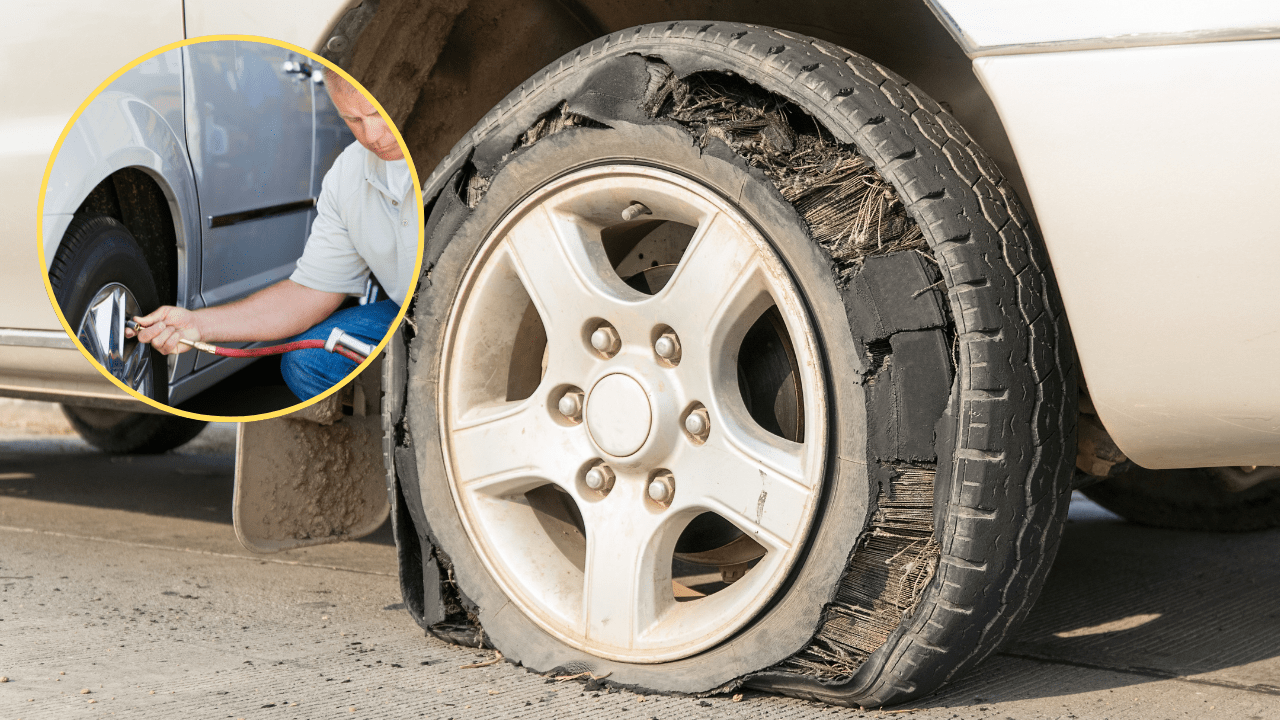
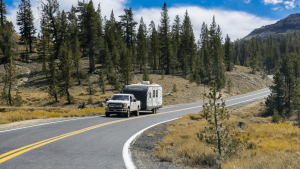
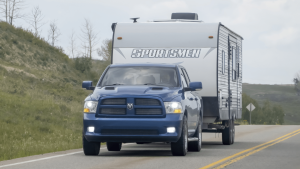

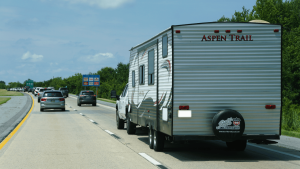
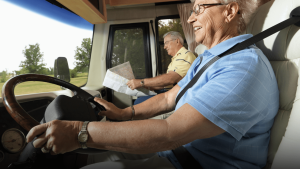
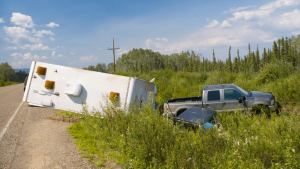
Write a comment